Happy Holidays: Winter Safety Tips for Reliable Fuel Delivery
The holiday season is here, bringing chilly nights, festive gatherings, and the beauty of winter landscapes. As temperatures drop, keeping your home or business warm and comfortable becomes more important than ever. At the same time, snowy roads and icy conditions can make fuel delivery more challenging. That’s why we’re sharing a few important winter safety tips to help ensure smooth, reliable, and safe deliveries throughout the season.
1. Keep Driveways, Parking Lots, and Access Points Clear. To help our drivers reach your fuel tank safely, please clear driveways, parking lots, and pathways of snow and ice. Plowed, salted driveways and parking lots make it easier for large delivery vehicles to access your property. Also, please be sure to keep paths and walkways to your tank clear so that our team can safely reach the fill location.
2. Keep Fill Areas Free of Snow and Ice. Snow and ice buildup can sometimes hide fuel fill locations, especially on top of underground storage tank fills. Please regularly clear the snow and ice around these fill covers so our drivers can access and remove the covers to these fill locations. Also, please make sure spill containment buckets are free and empty of ice and water. A spill bucket full of frozen water will prevent our drivers from being able to attach our delivery equipment to the fill pipe. These simple steps will help prevent delays and keep your deliveries on schedule.
3. Schedule Deliveries Early. Winter storms and holiday demand can impact delivery schedules. To avoid running low on fuel, it’s best to order ahead of time. Setting up automatic delivery is another great way to ensure you never have to worry about running out during the coldest months.
4. Be Prepared for Severe Weather. If severe weather is in the forecast, keep an eye on your fuel levels and plan ahead. Stocking up before a storm helps ensure that your home stays warm and your business continues running, even if road conditions temporarily delay deliveries.
5. Create a Safe Environment for Our Drivers. Please keep pets inside during deliveries and make sure outdoor areas are well-lit. These small steps help our drivers complete their work safely and efficiently.
6. Stay in Touch. We understand that timely delivery is essential during the winter months. If you have questions about your order, need to check your delivery status, or want to set up automatic deliveries, don’t hesitate to reach out. Our customer care team is here to help.
A Holiday Message from Our Team. At this special time of year, we are grateful for the trust you place in us to keep your homes and businesses warm. Our drivers and staff work hard—even in the toughest winter conditions—to ensure safe, dependable fuel delivery. With a little preparation and teamwork, we can make every delivery smooth and stress-free.
From all of us here at Dennis K Burke Inc, we wish you a safe, warm, and happy holiday season. Thank you for letting us be part of your celebrations and your comfort this winter.

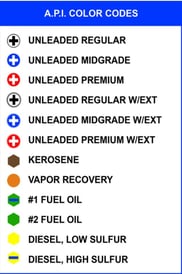
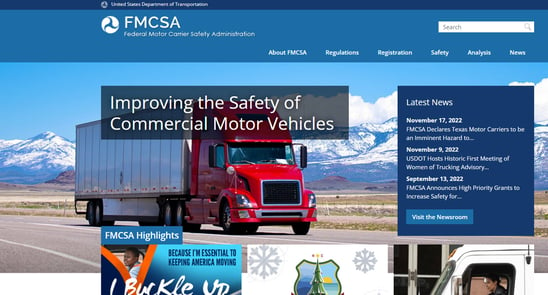
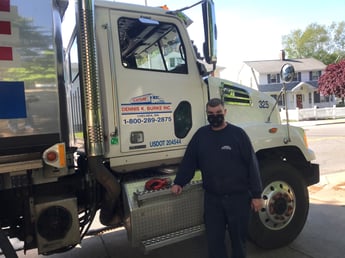
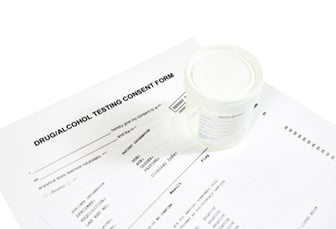

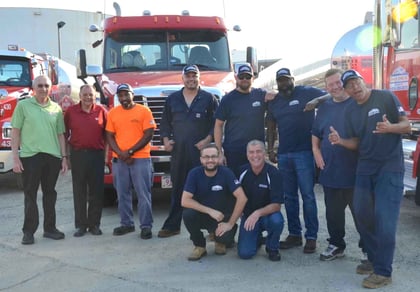
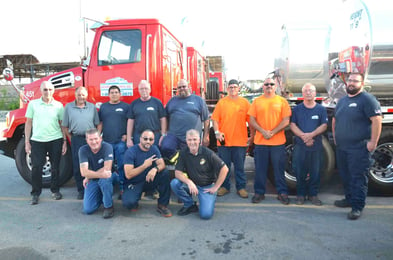
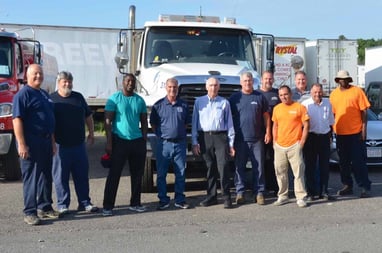

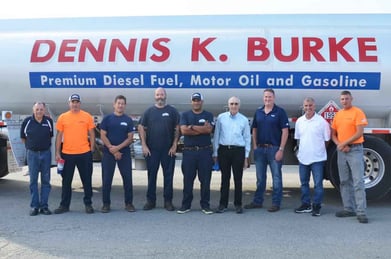
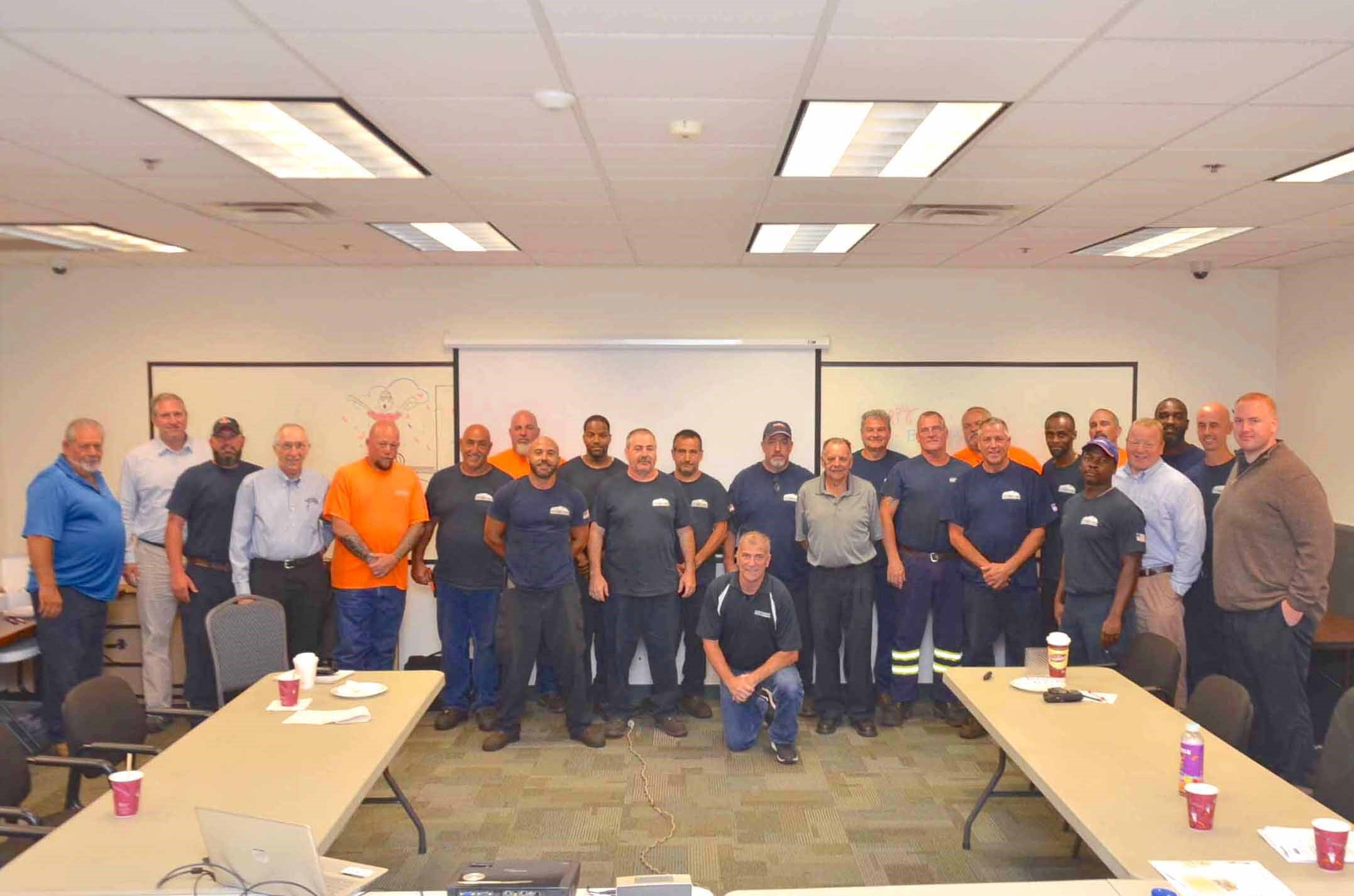


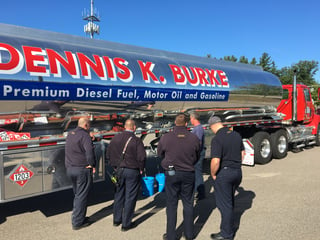
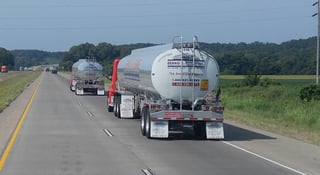

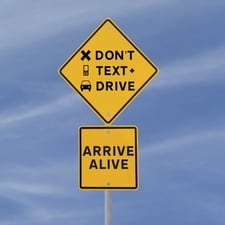










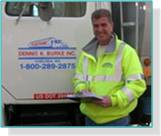
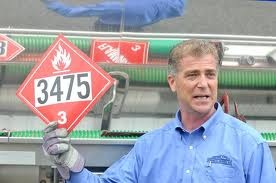





 THE THREE-POINT RULE
THE THREE-POINT RULE